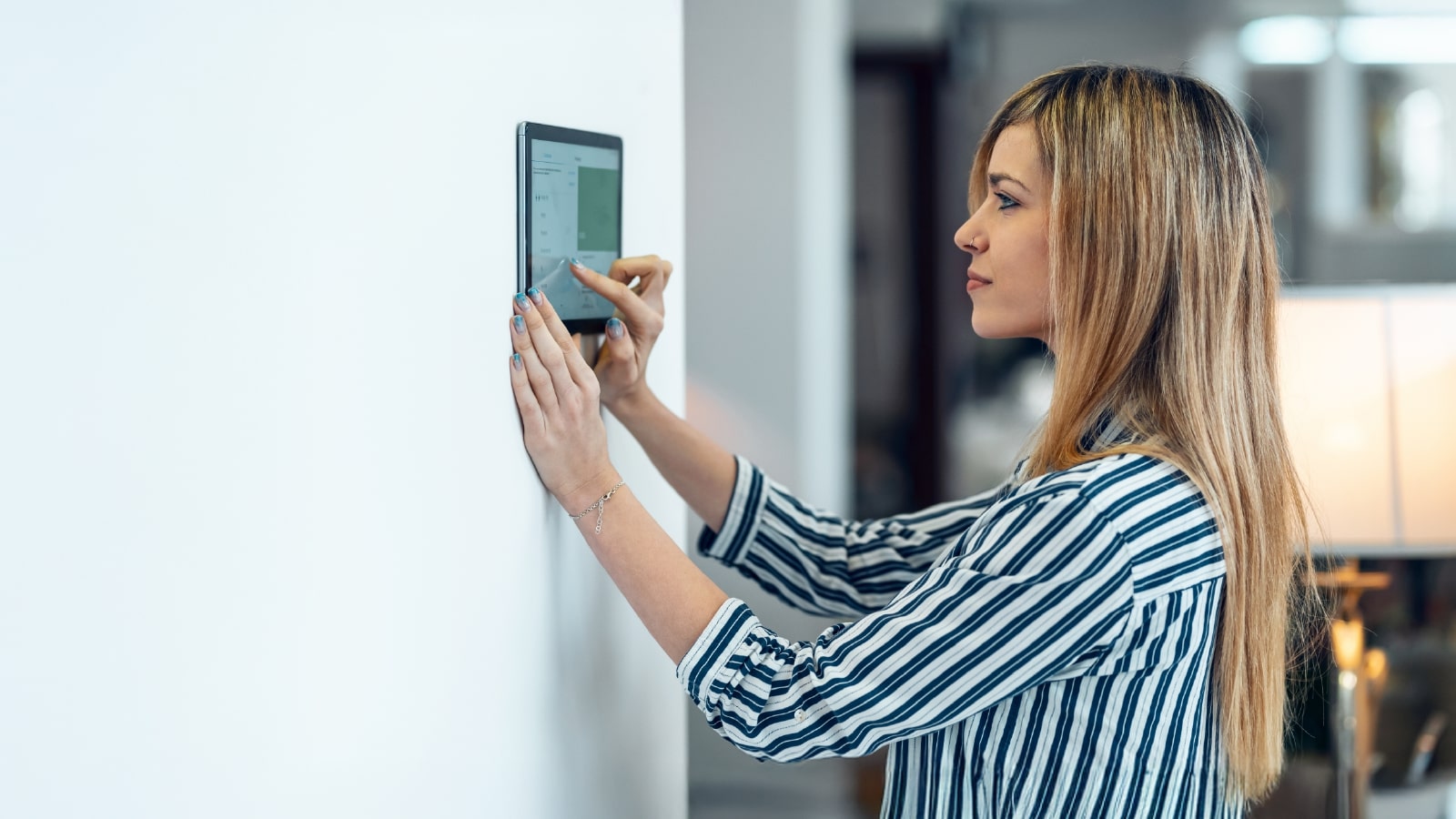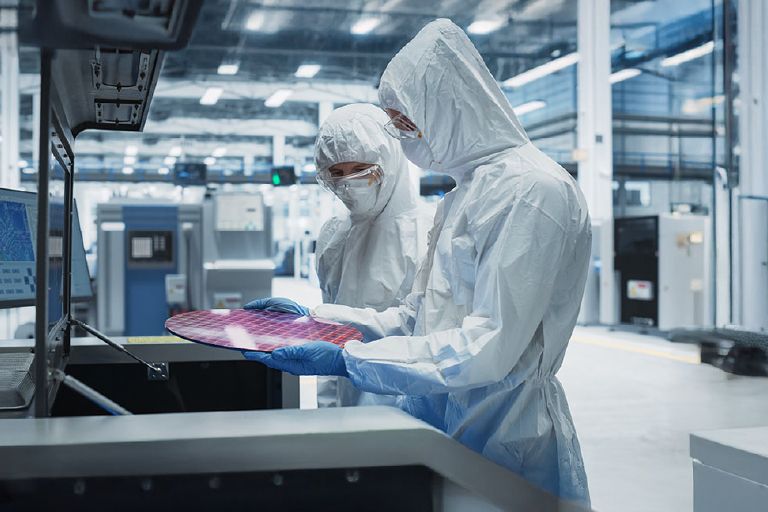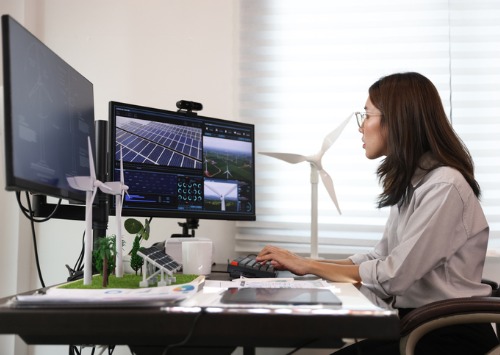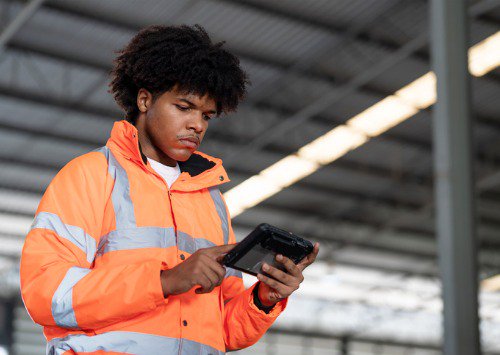- Services
Technology Capabilities
Technology Capabilities- Product Strategy & Experience DesignDefine software-driven value chains, create purposeful interactions, and develop new segments and offerings.
- Digital Business TransformationAdvance your digital transformation journey.
- Intelligence EngineeringLeverage data and AI to transform products, operations, and outcomes.
- Software Product EngineeringCreate high-value products faster with AI-powered and human-driven engineering.
- Technology ModernizationTackle technology modernization with approaches that reduce risk and maximize impact.
- Embedded Engineering & IT/OT TransformationDevelop embedded software and hardware. Build IoT and IT/OT solutions.
- Industries
- GlobalLogic VelocityAI
- Insights
BlogsDecember 16, 2024Gene LeybzonAccelerating Digital Transformation with Structured AI Outputs
This code produces the following output that can be imported into the candidate trackin...
 BlogsOctober 30, 2024Yuriy Yuzifovich
BlogsOctober 30, 2024Yuriy YuzifovichAccelerating Enterprise Value with AI
Discover how financial services integrations are transforming from standalone offerings...

- About Us
Press ReleaseGlobalLogicMarch 11, 2025GlobalLogic Launches VelocityAI to Harness the Power of AI, ...
VelocityAI combines advanced AI technologies with human expertise, helping businesses r...
 Press ReleaseGlobalLogicJanuary 10, 2025
Press ReleaseGlobalLogicJanuary 10, 2025GlobalLogic Announces Leadership Change: Srini Shankar Appointed ...
SANTA CLARA, Calif.–January 10, 2025– GlobalLogic Inc., a Hitachi Group Com...

- Careers

End-to-End IoT Solutions
Seamlessly bridge the physical and digital worlds to unlock real-time insights, automate operations, and drive smarter, faster decisions
Unlock the power of real-time data, intelligent automation, and predictive analytics to drive innovation and measurable results
GlobalLogic transforms businesses with seamless IoT connectivity to streamline operations, reduce costs, and drive data-backed decision-making
How we helpAchieve real business impact with intelligent IoT ecosystems
GlobalLogic builds tailored IoT solutions that deliver precise data insights and enable seamless automation. Our expertise empowers businesses to optimize processes, improve decision-making, and scale with confidence.
 Our approach
Our approachDelivering high-performance engineering for a connected world
GlobalLogic accelerates innovation across key industries by delivering Silicon Intellectual Properties (SIP), application platforms, and engineering services that enable next-gen technologies. Specializing in Flash Storage, IoT, 5G, AI/ML, Automotive, and Industrial IoT, Mobiveil optimizes operations and powers business outcomes with solutions that meet the demands of a connected, data-driven world.
 Our capabilities
Our capabilitiesComprehensive IoT solutions
GlobalLogic puts design thinking and engineering excellence to work at every stage of your journey.
Seamless Data Integration
Effortlessly capture, process, and transmit real-world data from a wide range of sensors and devices to digital systems. With our expertise in protocols like MQTT, CoAP, and LoRa, we ensure reliable and accurate data integration, enabling actionable insights at every stage.
Real-Time Monitoring and Insights
Gain instant visibility into operations with real-time monitoring and advanced sensor calibration. Our solutions uncover meaningful insights through predictive analytics and cloud platforms, empowering businesses to enhance performance, seize opportunities, and proactively address challenges.
Automated Decision-Making
Enable immediate, data-driven actions with AI-powered analytics and intelligent automation. GlobalLogic’s IoT solutions harness machine learning models and self-learning algorithms to optimize processes, reduce delays, and boost operational efficiency across industries.
End-to-End Control Systems
Build a fully integrated IoT ecosystem with feedback loops powered by advanced actuators, controllers, and edge computing devices. From smart lighting systems to industrial automation, our solutions enhance precision, responsiveness, and control over the physical environment.
Scalable and Customizable Solutions
Adapt GlobalLogic’s End-to-End IoT solutions to your unique business requirements with modular and scalable architectures designed for growth. With proven expertise in automotive, healthcare, industrial, telecom, and high-tech domains, we ensure solutions that evolve alongside your operations.
0+active clients0+years of experience0+IoT devices deployed0+engineers in our largest client labHow IoT can transform your businessesAchieve real impact with intelligent IoT solutions
Empower your business with smarter operations, faster decisions, and scalable solutions that deliver tangible impact.
Streamline your operations
Eliminate inefficiencies with automated workflows and real-time data integration, from sensor calibration in vacuum-box environments to smart lighting systems with edge analytics.
Make better decisions faster
Power data-driven decisions with real-time monitoring and predictive analytics. Our expertise in video analytics, environmental monitoring, RF module design and more helps businesses uncover actionable insights.
Scale as you grow
Our scalable IoT solutions adapt to businesses at every growth stage, whether you’re prototyping or deploying globally. By reducing design iterations by 40% in sensor validation or cutting certification cycles by 20%, we help you scale efficiently while maintaining quality.
Build a more sustainable future
Optimize resources and embrace sustainability with IoT-powered solutions. We integrate environmental monitoring sensors and IoT-driven analytics to help businesses reduce their carbon footprint while enhancing performance.
Featured insights
Explore fresh thinking from GlobalLogic strategists and engineers.
See allBlogs24 April 2025GlobalLogic is your Trusted Partner for Semicon Growth in a Rapidly Evolving …
Embedded Software, Hardware and Silicon SolutionsEnd-to-End IoT SolutionsInnovation and Rapid PrototypingTechnology White Papers20 July 2023
White Papers20 July 2023Achieving Energy Efficiency by Combining IoT, AI, and Cloud Computing
Discover how the IoT, AI, and cloud computing converge to…
AI GovernanceCloud Based Platform EcosystemsEnd-to-End IoT SolutionsCross-Industry White Papers17 July 2023
White Papers17 July 2023The Smart Toolbox: Digital Transformation of Tool & Equipment Management
Discover the Smart Toolbox system for tool and equipment management…
End-to-End IoT SolutionsSmart and Portable DevicesTesting-as-a-ServiceIndustrial and Energy
Why GlobalLogic?

Designed for Desirability
We craft intuitive, adaptable, user-centric IoT solutions that integrate seamlessly into your operations, enhancing experiences and delivering meaningful business outcomes.
Engineered for Excellence
As a Hitachi Group Company and with our in-house design studio Method, we offer the engineering expertise, experience design acumen, and cutting-edge technologies to bring scalable, secure, and high-performing IoT ecosystems to life.
Curated for Intelligence
We harness the power of AI/ML platforms, FPGA accelerators, and frameworks like TensorFlow, Caffe, and MXNet for neural network inference in image classification, video processing, and financial computing.
FAQsYour End-to-End IoT Solution questions, answered
Learn more about MLOps at GlobalLogic.
-
How does GlobalLogic’s End-to-End IoT Solution deliver real business value?GlobalLogic’s IoT solutions bridge the physical and digital worlds through advanced technologies and seamless integration, delivering real business impact. Key value drivers include:
- Real-Time Insights: Capture data from sensors like accelerometers, PM10/2.5, and gas sensors, and process it through AI/ML platforms (TensorFlow, Caffe, MXNet) for actionable insights.
- Operational Optimization: Leverage predictive analytics to improve efficiency and reduce costs.
- Automation & Control: Utilize advanced control systems with protocols such as LoRa, MQTT, and DALI for automated processes and rapid response to dynamic conditions.
- Continuous Improvement: Drive innovation through a feedback loop enabled by edge analytics, FPGA accelerators, and IoT-enabled devices.
-
How does GlobalLogic ensure scalability and reliability in its IoT solutions?GlobalLogic’s IoT ecosystems are designed for scalability and reliability, using:
- Proven Frameworks & Platforms: Integration with cloud platforms like AWS, Azure IoT, and Google Cloud IoT Core.
- FPGA Accelerators: Tailored for high-performance applications like genomics, video processing, financial computing and more.
- Robust Architectures: Employ reference designs and scalable architectures like the Platform-of-Platforms to meet diverse industry demands.
- Resilience Testing: Solutions are validated with rigorous pre-compliance testing (FCC, IEC/EN standards) for reliability under real-world conditions.
-
What assets or tools does GlobalLogic offer to accelerate IoT solution development?GlobalLogic provides a comprehensive suite of accelerators and tools to fast-track IoT development, including:
- High-Scale IoT Cloud Accelerators: Enable seamless integration of sensor data with cloud ecosystems.
- FPGA Platforms: Accelerate inference for machine learning, image processing, and database analytics.
- Reference Architectures: Pre-designed templates for IoT applications like smart lighting, environmental monitoring, and edge analytics.
- Testing Frameworks: Automation tools for functional, compliance, and interoperability testing.
- Proven PoC Models: Ready-to-use concepts for rapid validation and reduced time-to-market.
-
How does IoT fit into GlobalLogic’s broader digital engineering offerings?IoT is a core element of GlobalLogic’s digital engineering strategy, seamlessly integrated with:
- Embedded Software Expertise: From firmware development to advanced device drivers for sensors, interfaces, and wireless technologies.
- AI/ML Integration: IoT data is enhanced with AI models for predictive maintenance, object detection, and environmental monitoring.
- Edge and Cloud Technologies: Enable real-time analytics, automated workflows, and secure device connectivity.
- Industrial IoT (IIoT): Support for applications in smart cities, industrial automation, and connected healthcare.
Get in touchLet’s start engineering impact together.
GlobalLogic provides unique experience and expertise at the intersection of data, design, and engineering.
